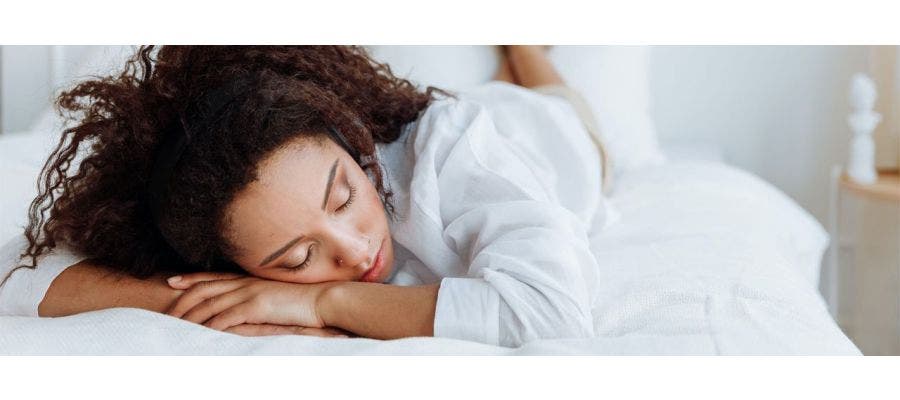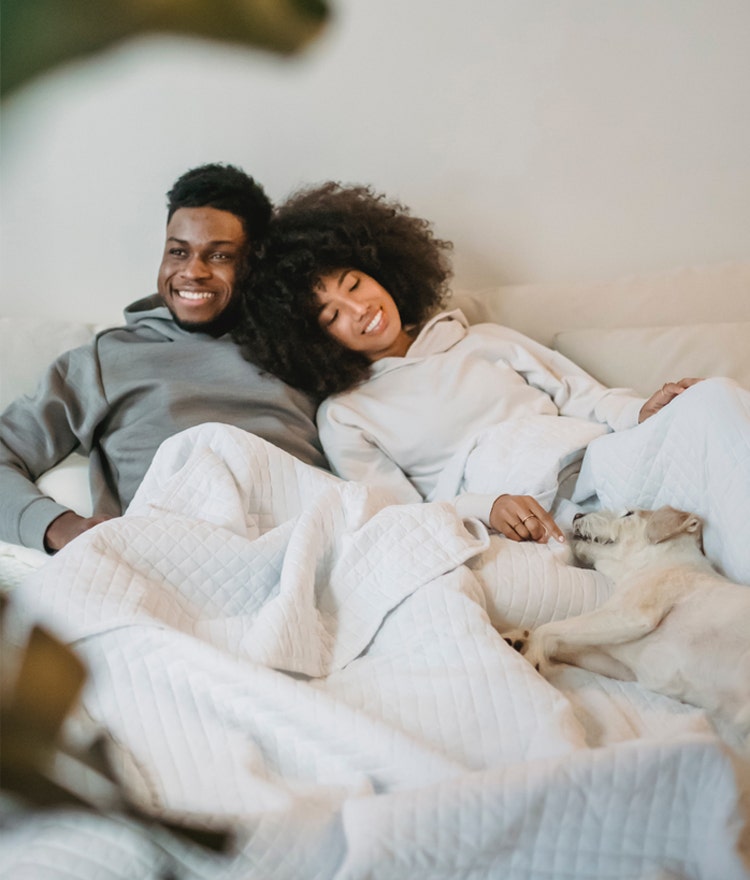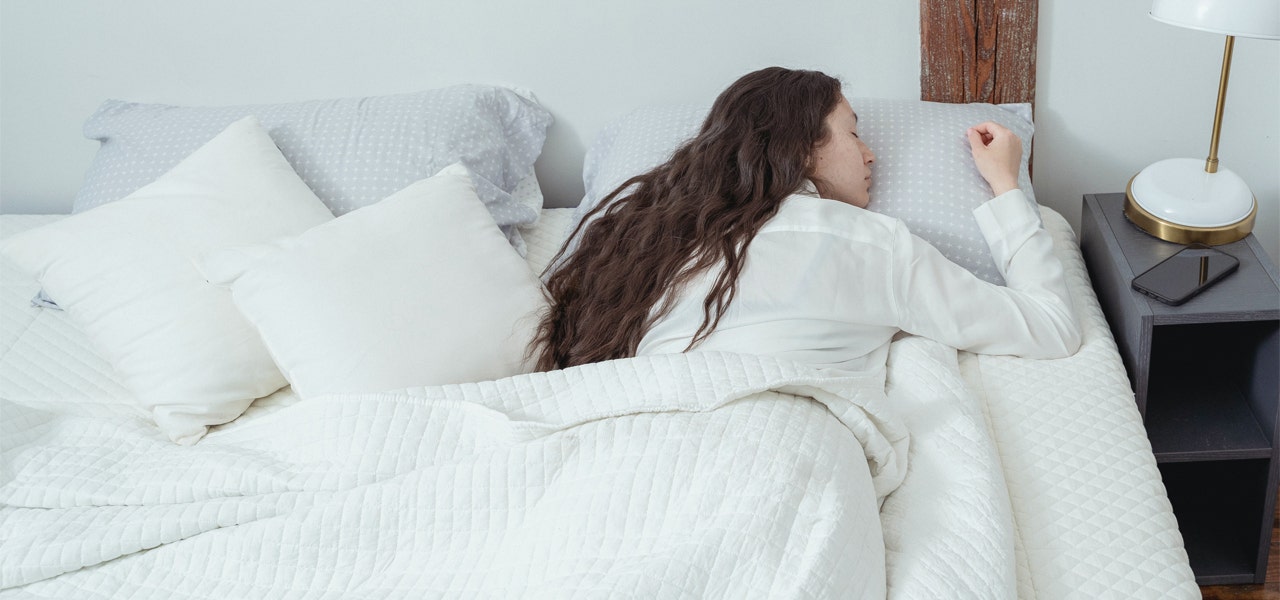
Naptime – it’s a beautiful thing. Who hasn’t ever felt a tiny twinge of jealousy putting a kid down for a nap? Or thinking of the European siesta, taking a refreshing snooze after lunchtime? Oh, to be a cat, napping in the glow of a warm sunbeam…
Everybody loves slipping off during the day to steal some delicious shuteye. Unfortunately, the reality is that most of us don't have a lot of spare time for naps. Or, we don’t think we have the spare time for naps.
Sound like you? Good news – there may be some shorter power nap alternatives worth a try. In fact, evidence suggests that the napping benefits of shorter daytime sleep may be even more plentiful than those of a full-on, 90-minute sleep cycle in the middle of your day. Read on to explore all the possibilities of the short nap.


Napping benefits for adults
Studies show a 20-minute afternoon nap provides more rest than spending 20 minutes longer in bed in the morning. While healthy adults don’t necessarily need to nap – not in the way that growing children do – lots of people find naps to be very beneficial. Some of the benefits of adult napping include:
- Refreshing energy
- Preparing the body to work, study, etc. late at night
- Boosting your mood
- Enhancing memory
- Improving concentration
New research also suggests that naps may be beneficial for your heart. Individuals who take 1-2 naps per week may have a lower risk of heart disease and strokes than those who do not nap.
Reasons to consider grown-up naptime
Napping isn't for everyone. Maybe you just can't sleep during the day. Perhaps you have trouble sleeping when you’re not in bed, which napping might require. Or, you might simply feel just fine without a nap.
But if the above isn’t the case, you may just be a great candidate for nap time. You should consider a nap if any of the following statements apply to you:
- You’re experiencing new fatigue or unexpected sleepiness.
- You plan to experience sleep loss — due to an overnight shift, perhaps.
- You want to begin napping daily to reap the cognitive benefits.
Why longer naps may not work for you


Do you want to start napping, but feel like you just don’t have enough time in your day? What if we told you that all you really need is 10 minutes? Despite the benefits, napping can also produce unwanted side effects – especially if you nap for too long.
A 10–20-minute power nap should leave you feeling alert and refreshed. More than that, not so much. Naps that exceed 30 minutes will likely leave you feeling groggy and more tired than before due to sleep inertia, which is the transitional state between sleep and wake that happens when you awake from a deep sleep. Sleep inertia is marked by:
- Disorientation
- Drowsiness
- Cognitive impairment
Napping for too long or napping too late in the day can also upset your circadian rhythm, which can prevent you from getting a good night’s sleep and lead to increased tiredness overall.
Consider the power nap in all its beauty
There are hundreds of different ways to nap, from power naps to dozing off to full-on sleeps. There’s no set definition of a power nap, but most people consider a 10–20-minute sleep to be in this category. If you want to start implementing a short power nap into your daily routine, here are a couple power naps styles to consider.
Micro naps
A micro nap lasts only a matter of minutes. Many experts agree that all naps should be micro naps – if you need longer than 20 minutes of sleep, it probably means that you aren’t sleeping well enough at night, and it would be more productive to reexamine your sleep hygiene than to implement longer afternoon naps.
Perfecting the micro nap takes practice. Many of us have trouble falling asleep in a matter of minutes, so you have to train your body in the art of micro napping. Try to nap at the same time every day. Choose a cool, dark place, if you can. And if you can’t fall asleep within 15 minutes, get up and try again when you’re feeling more tired.
Eventually, your body will come to expect sleep at that time of day, and you’ll be able to fall asleep in minutes, sleep for less than a half hour and wake without an alarm feeling refreshed and replenished.


Caffeine Naps
Mmm … coffee. Any other caffeine fiends here? What if we told you that your favorite morning pick-me-up could also be the perfect partner to your afternoon nap? The use of coffee for a so-called “caffeine nap” has been around since the 1990s, when a research study found that drinking a cup of coffee after a midday nap may increase concentration, performance skill and cognition.
Just be cautious. Caffeine is metabolized by the liver, and after five or six hours only about half of it has left your system. This means that a caffeine nap too late in the day might lead to trouble falling asleep at night.
Regardless of whatever nap style you choose, a successful nap starts with a good night’s sleep the night before. And the night before that. And the night before that. You get the picture.
That’s where we come in. Happsy’s organic bed-in-a-box offers a hybrid design featuring latex and pocketed coils to provide the comfort you need for a good night’s sleep. Plus, our certified organic and non-toxic mattress is not only healthier for you, but healthier for the planet, too. So, you can rest easy and worry free on comfort that won’t weigh on your conscience. And be sure to check out the rest of our blog for more tips to help you achieve your best sleep yet.
